 Want a free copy of R Cookbook by Paul Teetor? You’re in luck, because I have four copies to give away, generously provided by O’Reilly. In case you’re unfamiliar, here’s my review for some background. Bottom line: It’s a fine addition to the O’Reilly series of cookbooks.
Want a free copy of R Cookbook by Paul Teetor? You’re in luck, because I have four copies to give away, generously provided by O’Reilly. In case you’re unfamiliar, here’s my review for some background. Bottom line: It’s a fine addition to the O’Reilly series of cookbooks.
How to Win
You know the drill. Simply leave a comment on this post by Sunday, March 8 at 11pm PST. This time around, let’s go with… your favorite number. Yeah, tell me what your favorite number is. Then I’ll choose four winners at random on Monday.
Obviously make sure you use a valid email address, and only one entry per person please. Good luck!
Update: Winners announced! You should have received an email if you were picked. Thanks for participating, everyone.


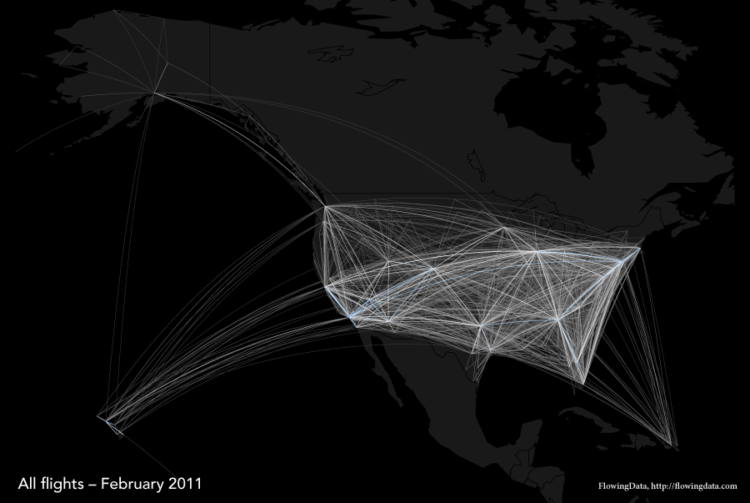
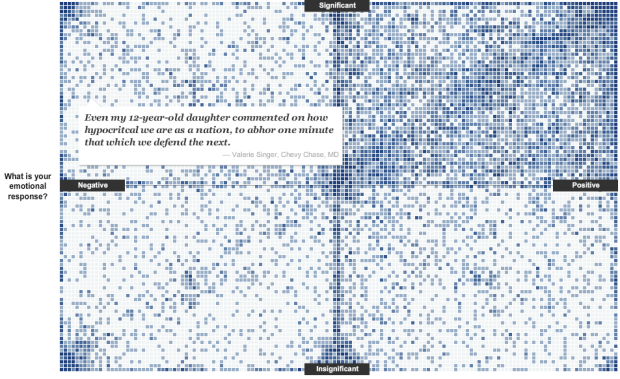

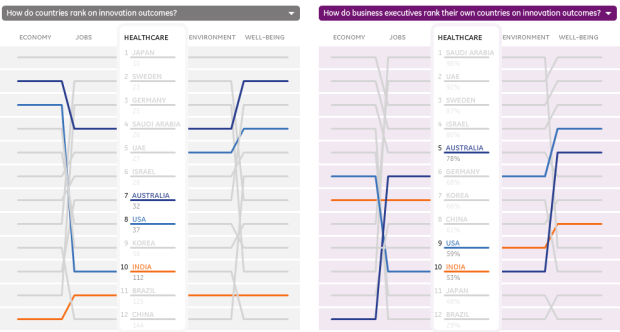


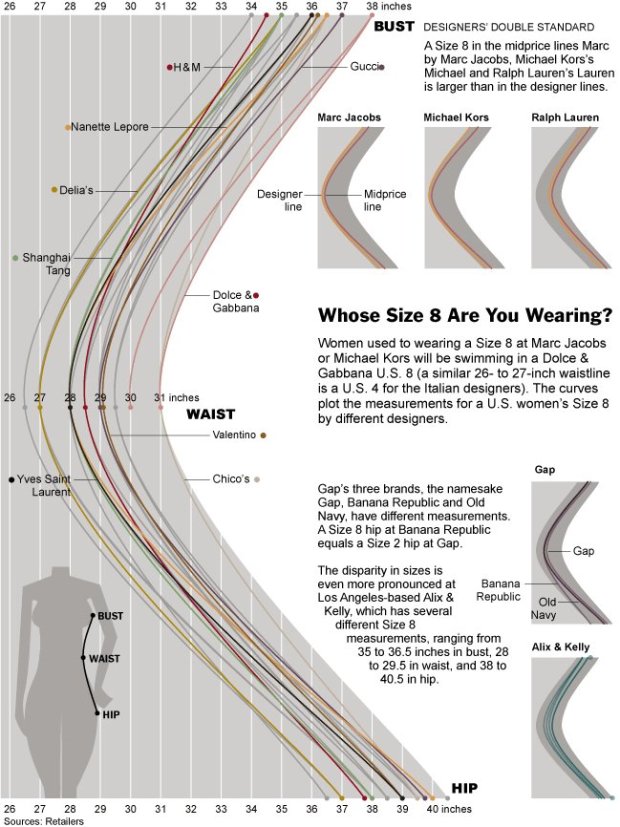
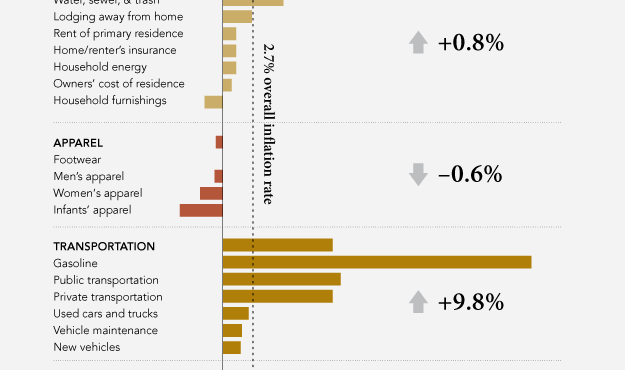

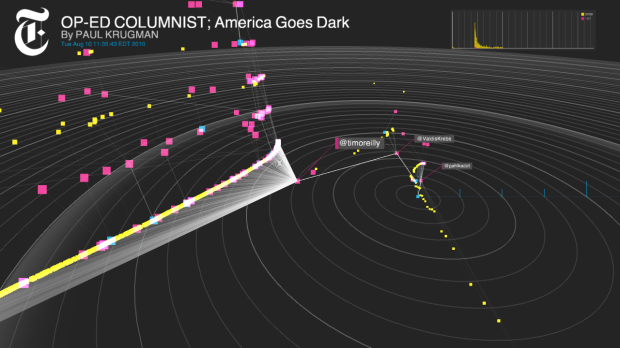
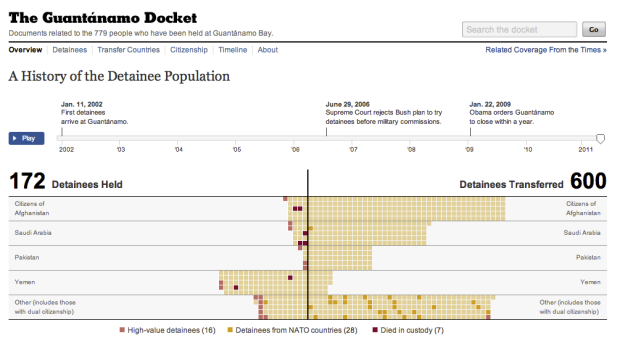
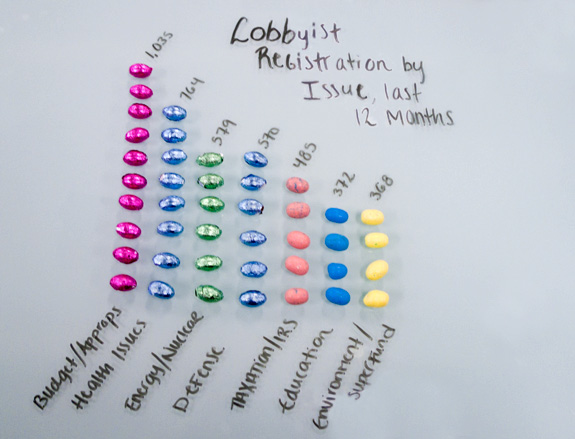
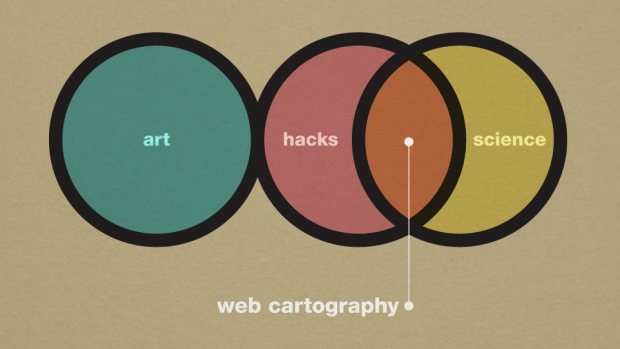
 Visualize This: The FlowingData Guide to Design, Visualization, and Statistics (2nd Edition)
Visualize This: The FlowingData Guide to Design, Visualization, and Statistics (2nd Edition)










